Home>Ideas and Tips>Upgrading Your Home’s Attic With DIY Pull-Down Stairs
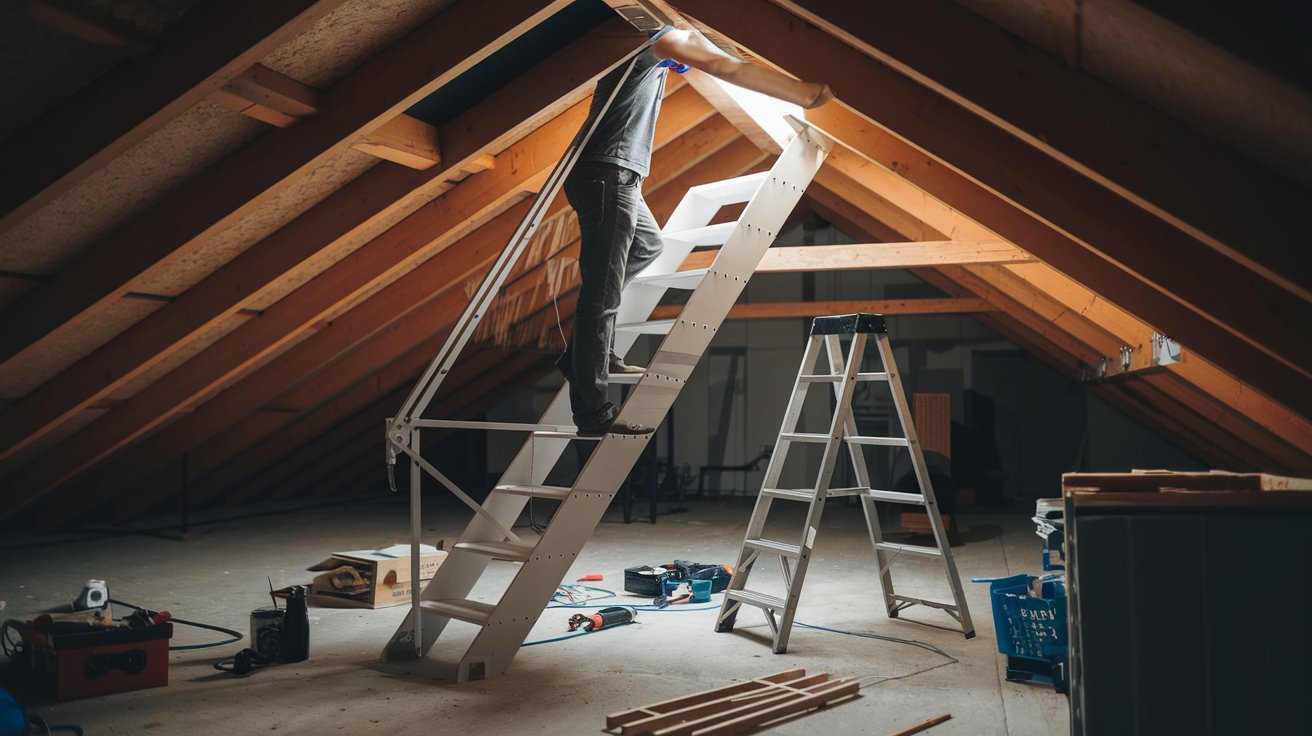

Ideas and Tips
Upgrading Your Home’s Attic With DIY Pull-Down Stairs
Published: September 19, 2024
Upgrade your attic with DIY pull-down stairs. Learn how to insulate and air-seal for energy efficiency and comfort. Save on energy bills!
(Many of the links in this article redirect to a specific reviewed product. Your purchase of these products through affiliate links helps to generate commission for Storables.com, at no extra cost. Learn more)
Introduction
The attic is often overlooked as a potential space for improvement in our homes. However, it can be a treasure trove of storage and even living space if properly utilized. One of the most common ways to access the attic is through pull-down stairs, which are convenient but often poorly insulated and sealed. In this article, we will guide you through the process of upgrading your home's attic by insulating and air-sealing your pull-down stairs, making it a more energy-efficient and comfortable space.
Read more: How To Build Pull Down Attic Stairs
The Problem with Pull-Down Stairs
Pull-down attic stairs are designed to provide easy access to the attic, but they come with several drawbacks. One of the primary issues is air leakage and heat loss. These stairs are essentially large holes in the ceiling that allow cold air to enter and warm air to escape, significantly increasing your energy bills and reducing the comfort of your home.
Air Leakage and Heat Loss
The pull-down stairs are notorious for their poor sealing. They often come pre-installed with only 1 inch of foam board insulation, which is usually worn through over time. This lack of insulation creates a significant pathway for heat to escape, making your home less energy-efficient.
Quantifying Heat Loss
It's challenging to quantify exactly how much heat loss occurs through pull-down stairs. Home performance contractors often address this issue as part of a larger air-sealing project. The blower door test, a common tool for measuring air leakage, can create abnormal conditions that make it difficult to extrapolate normal conditions. Therefore, it's best to focus on sealing the biggest holes first.
Solutions for Insulating and Air-Sealing Pull-Down Stairs
Read more: How To Insulate Pull Down Attic Stairs
Sealing the Trim
The first step in upgrading your attic is to air-seal the finish trim and enclosure around the attic hatch. This involves carefully pulling down the finish trim, setting it aside, and using caulk for smaller gaps (less than 1/4 inch) or foam sealant for larger ones to seal the gap between the attic hatch framing and the rough-cut drywall.
Using Self-Adhesive Foam Weatherstripping
Another effective method is to apply self-adhesive foam weatherstripping around the perimeter of the plywood door where it meets the frame, except on the hinge end. This creates a tight seal that prevents air leaks and helps lower energy bills and maintain heated or cooled air inside the home.
Building an Insulating Foam Box
For a more comprehensive solution, you can build an insulating foam box in the attic to enclose the stairs. This involves constructing a box from rigid foam insulation boards and sealing it with foil tape to create an airtight enclosure. Using foil tape is crucial because regular duct tape cannot withstand the heat in the attic and may fail over time.
Materials Needed
To build a DIY insulating box, you will need:
- A 3/4 inch x 4 foot x 8 foot sheet of rigid foam board
- A 2 inch x 30 foot roll of foil duct tape
- Two 3/4 inch x 17 foot rolls of foam tape weatherstripping
- A tube of caulking (optional)
Steps to Build the Insulating Box
- Measure and Cut: Measure the space where the box will be placed and cut the rigid foam board accordingly.
- Assemble the Box: Place the foam board pieces together to form a box shape.
- Seal the Seams: Use foil tape to seal the seams of the box.
- Secure to Attic Floor: Use caulk or foam sealant to secure the box to the attic floor.
- Weatherstrip the Frame: Apply foam weatherstripping along the frame of the box to ensure a tight seal.
Purchasing a Premade Attic Stair Cover
If you prefer not to build your own insulating box, you can purchase a premade cover. Attic tents or covers are available from various manufacturers and can be installed quickly, saving time and effort. However, these covers can be more expensive, ranging from $150 to $300.
Benefits of Insulating Attic Stairs
Reduced Heat Loss
Insulating attic stairs significantly reduces heat loss by preventing conditioned air from escaping into the attic. This helps maintain a comfortable temperature in your home and reduces your energy bills.
Increased Comfort
By sealing air leaks around the attic hatch, you ensure that heated or cooled air stays inside the primary living areas, increasing comfort and reducing drafts.
Cost-Effectiveness
The project of insulating attic stairs is cost-effective, with materials costing around $30 for a DIY insulating box. While purchased covers are more expensive, they offer quick installation and long-term benefits.
Additional Tips for Upgrading Your Attic
Insulating the Floor
In addition to insulating the attic stairs, it's also important to insulate the floor of your finished attic. This helps maintain a consistent temperature throughout the space and prevents heat from escaping through the floor.
Using Unfaced Insulation Boards
When building an insulating foam box, use unfaced insulation boards. These boards seal better against the attic framing compared to faced boards, which are more prone to gaps that reduce effectiveness.
Regular Maintenance
Periodically check that the insulating box has not shifted or come loose. Refasten any loose tape to maintain the tight seal. Also, ensure that the lid stays closed to prevent conditioned air from escaping into the attic.
Conclusion
Upgrading your home's attic with DIY pull-down stairs involves more than just installing new stairs. It requires a comprehensive approach to insulate and air-seal the existing structure to make it more energy-efficient and comfortable. By following these steps and using the right materials, you can significantly reduce heat loss, lower your energy bills, and increase the overall comfort of your home. Whether you choose to build your own insulating box or purchase a premade cover, the benefits of insulating attic stairs are undeniable, making it a worthwhile DIY project for any homeowner looking to improve their home's efficiency and comfort.
Was this page helpful?
At Storables.com, we guarantee accurate and reliable information. Our content, validated by Expert Board Contributors, is crafted following stringent Editorial Policies. We're committed to providing you with well-researched, expert-backed insights for all your informational needs.
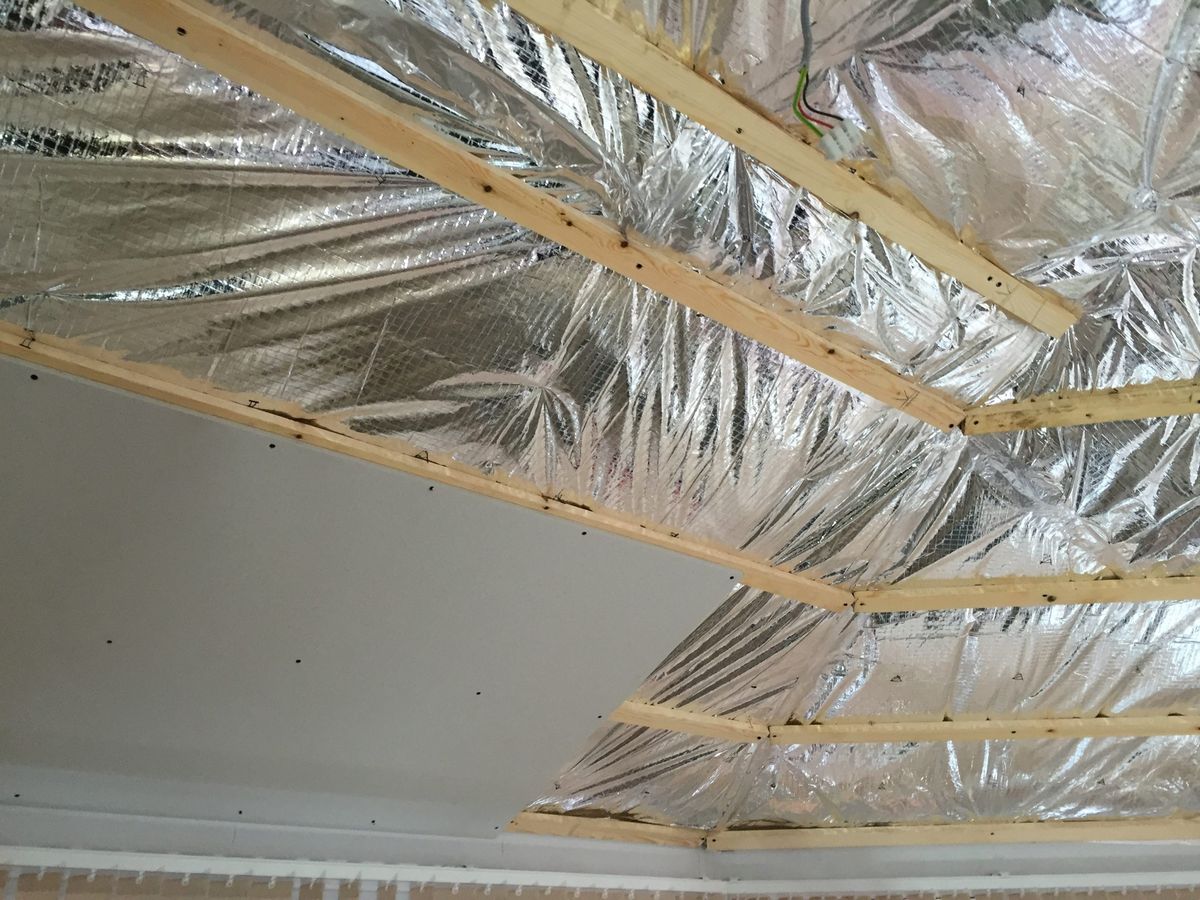
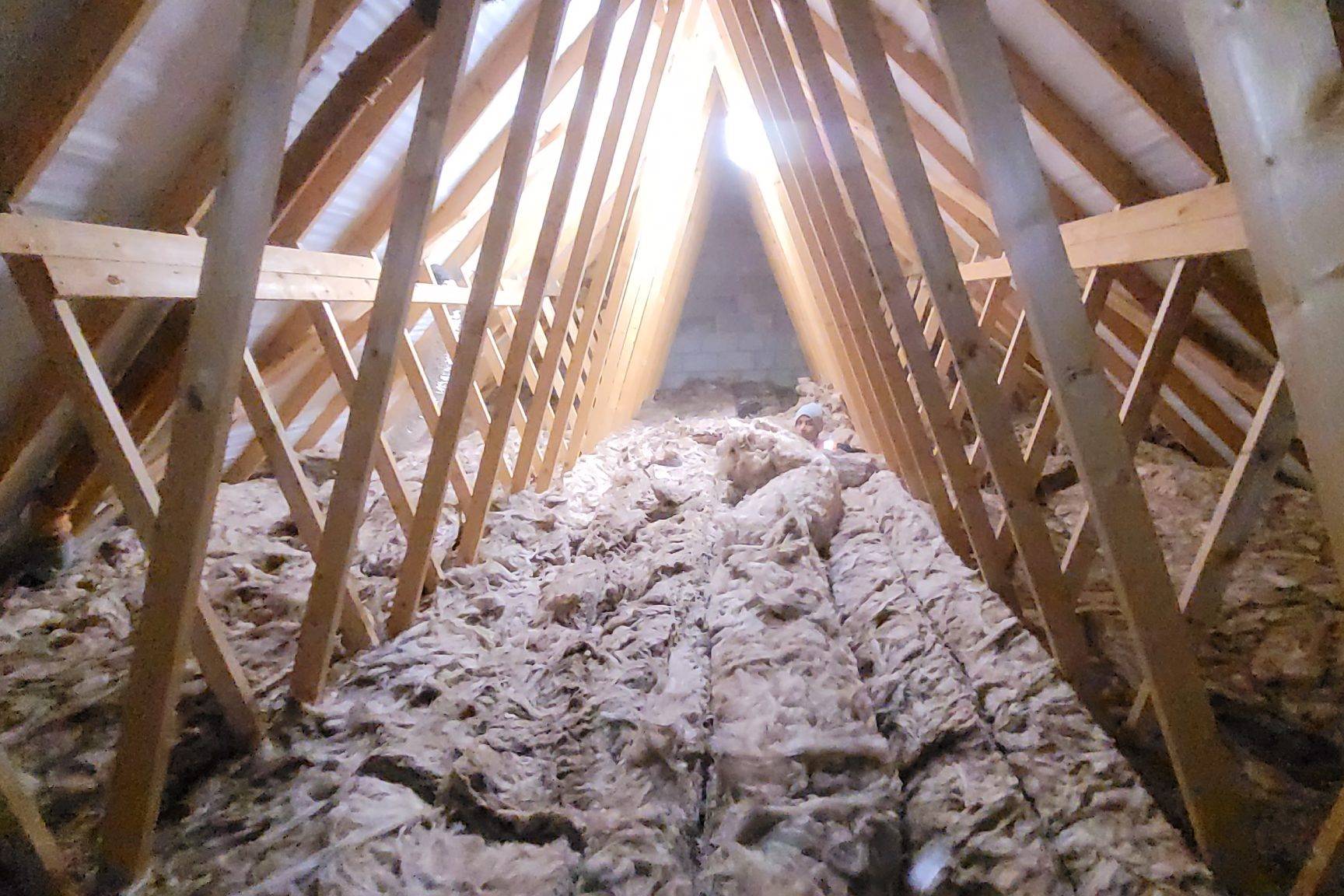
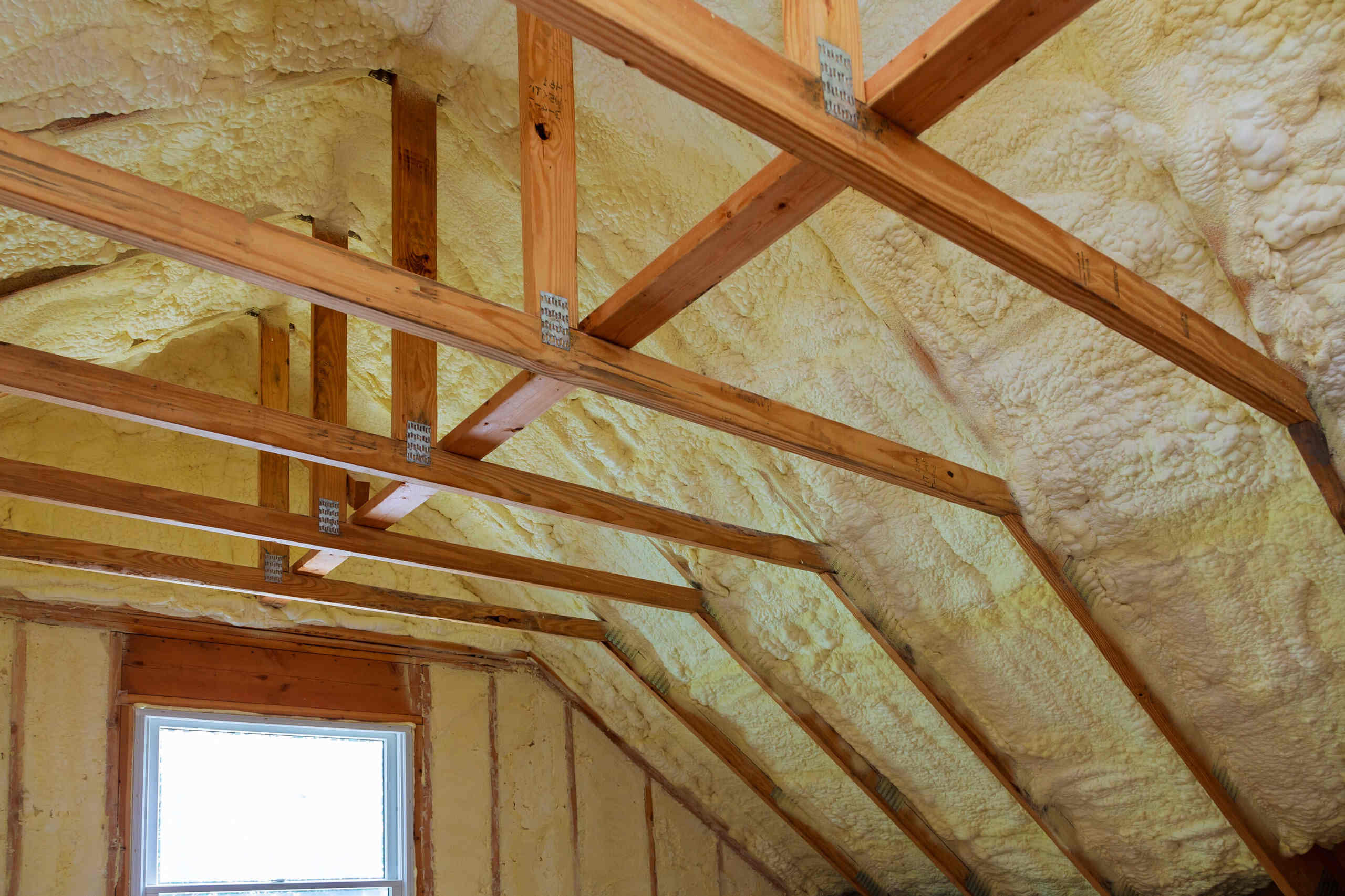

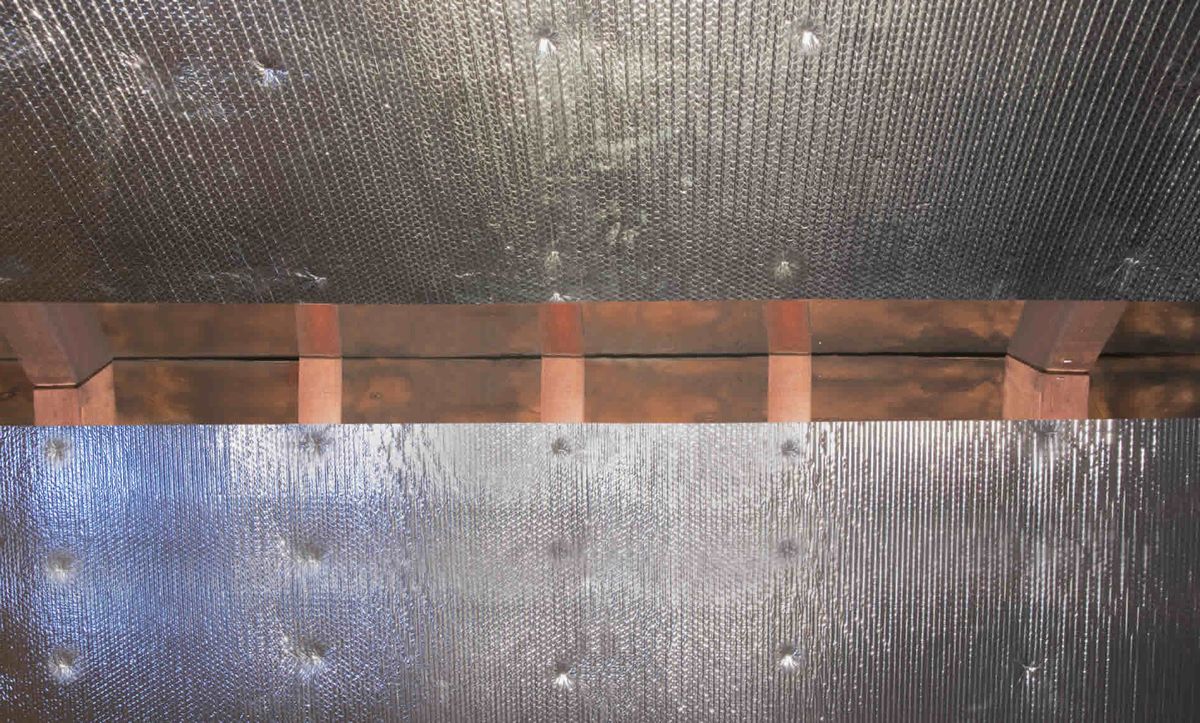
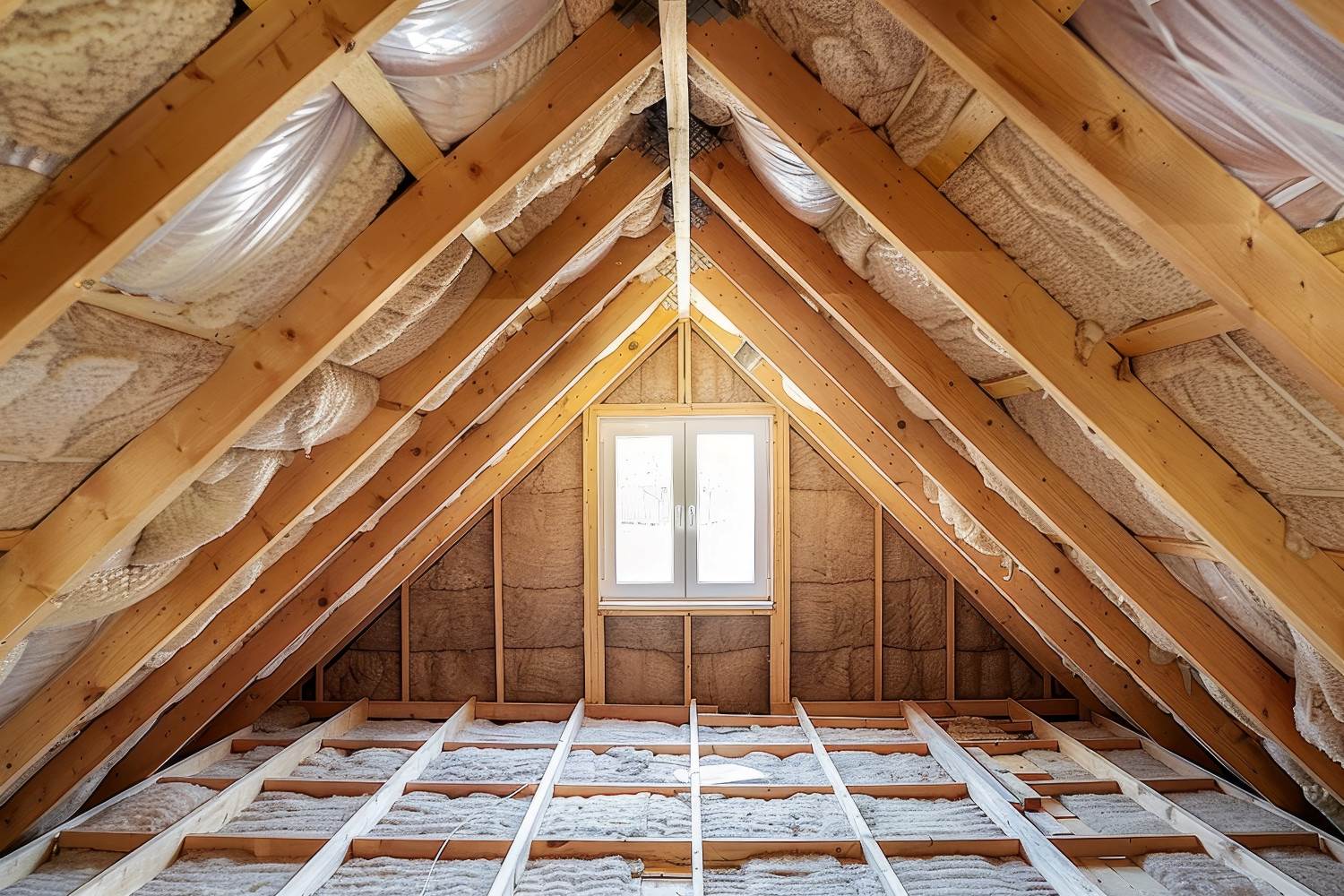
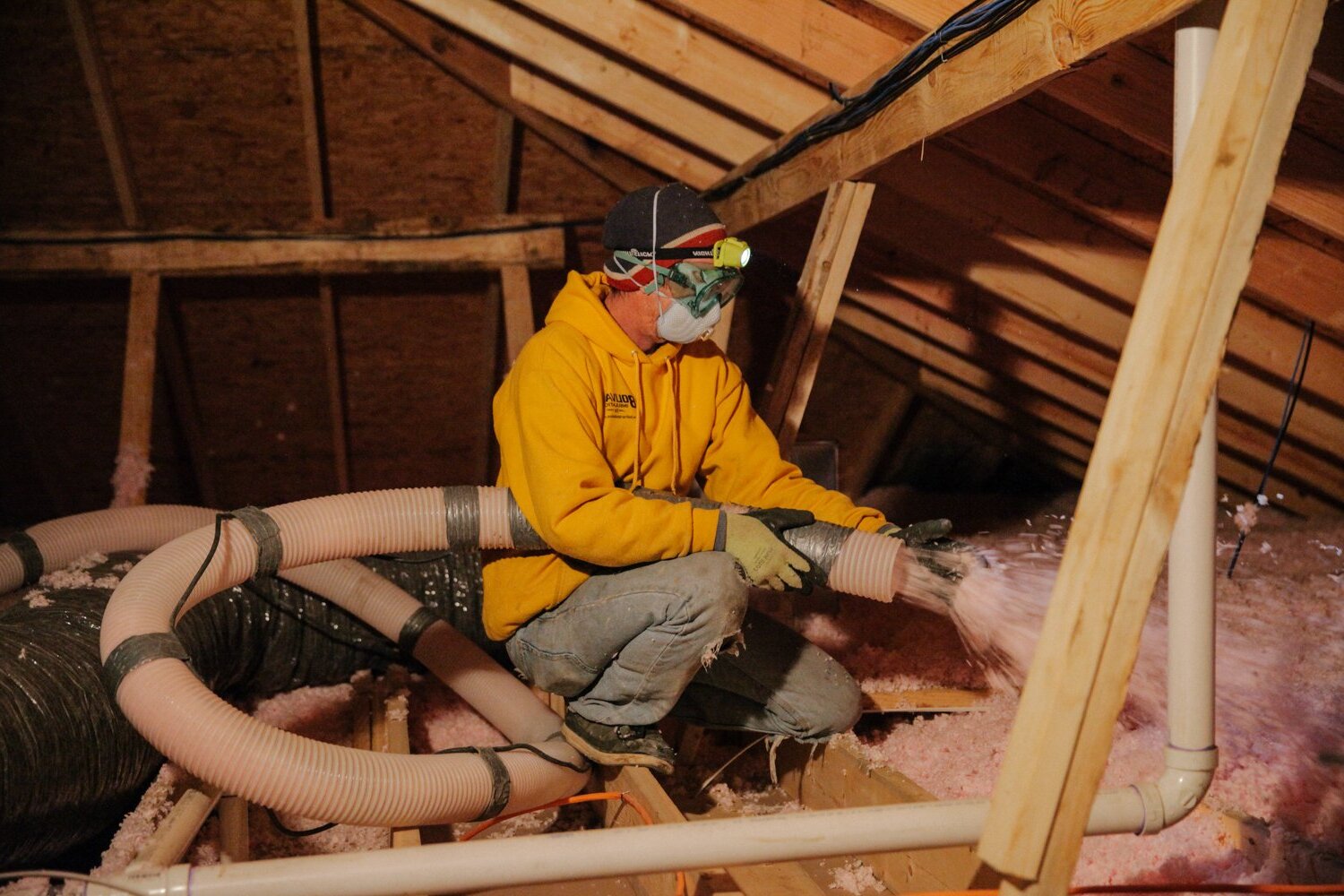
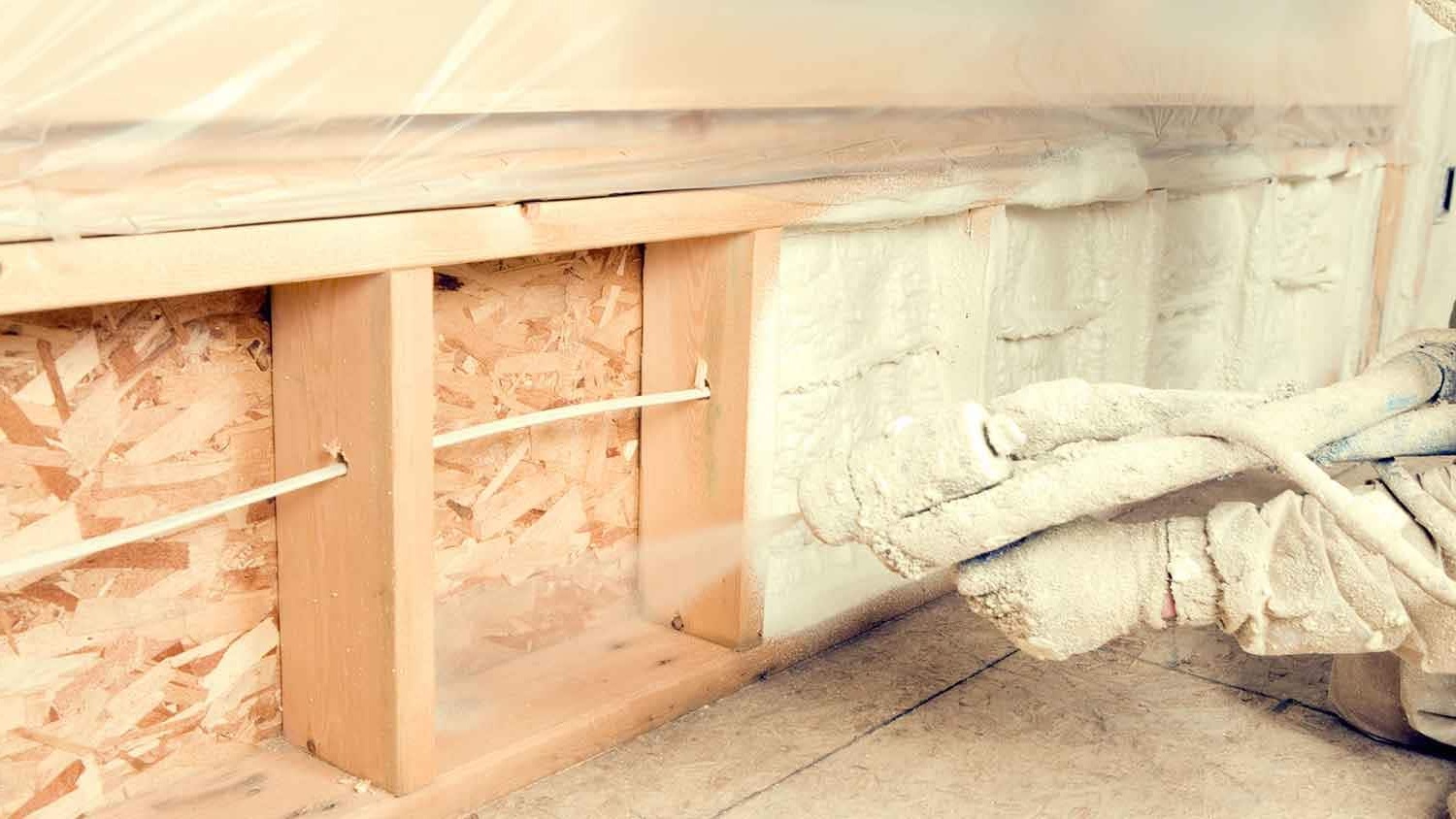
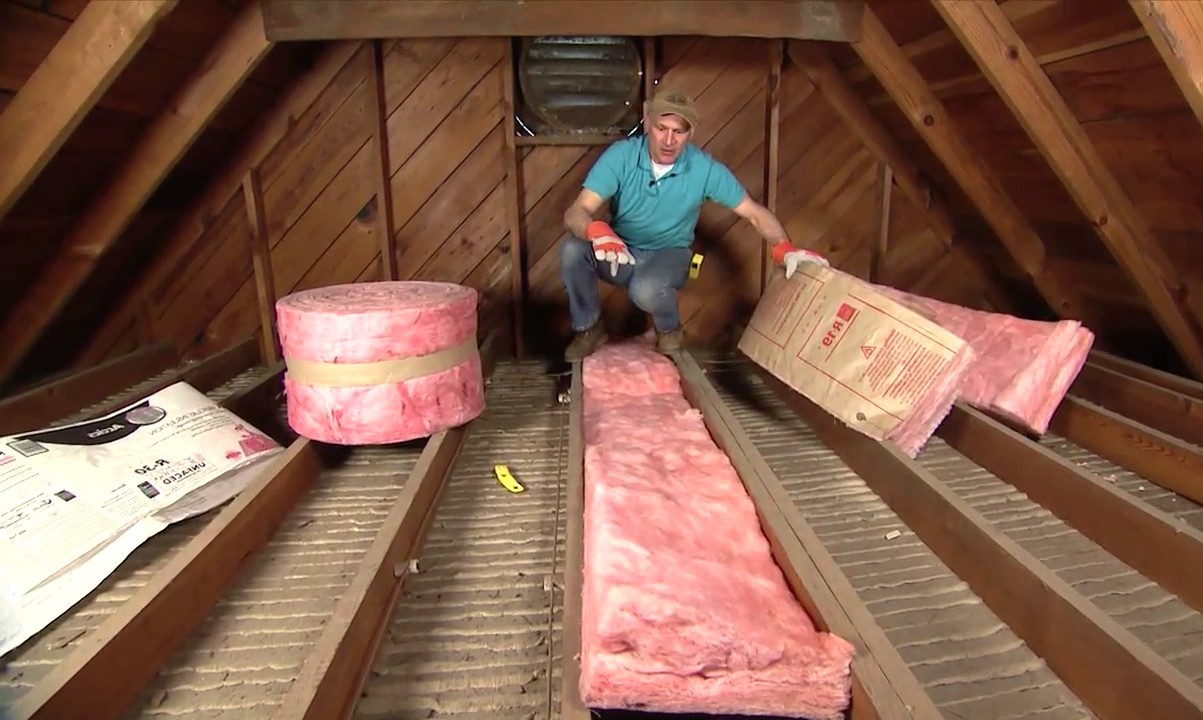
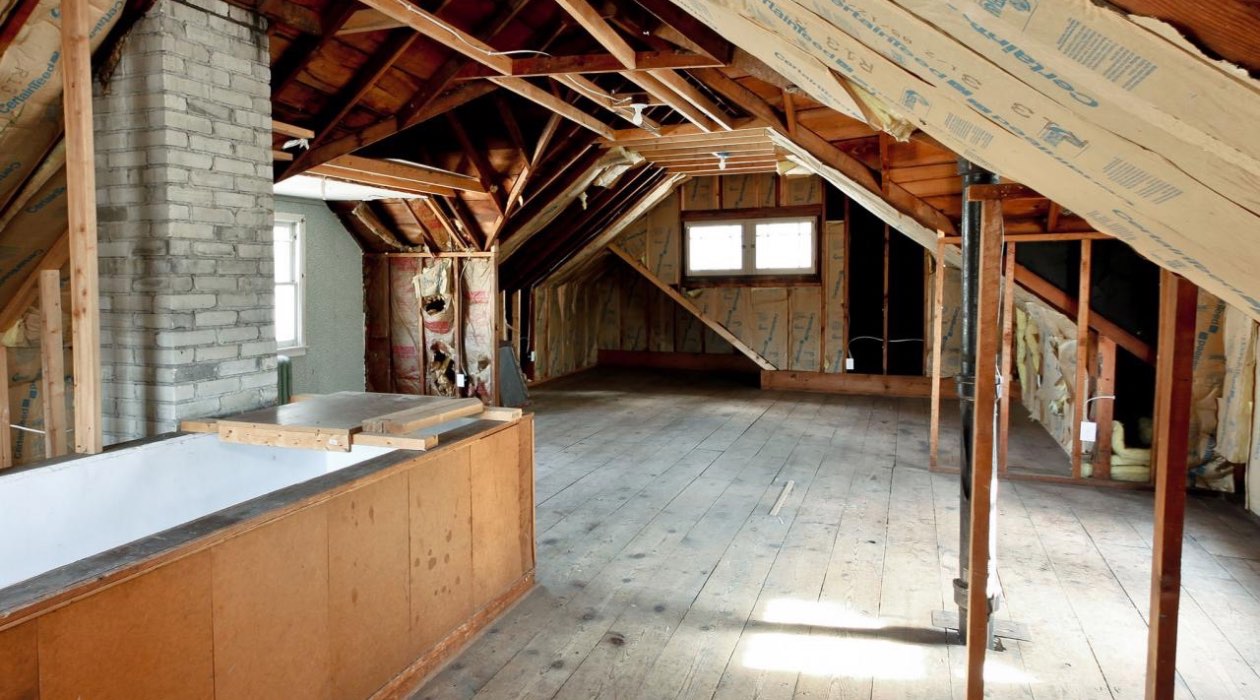


0 thoughts on “Upgrading Your Home’s Attic With DIY Pull-Down Stairs”